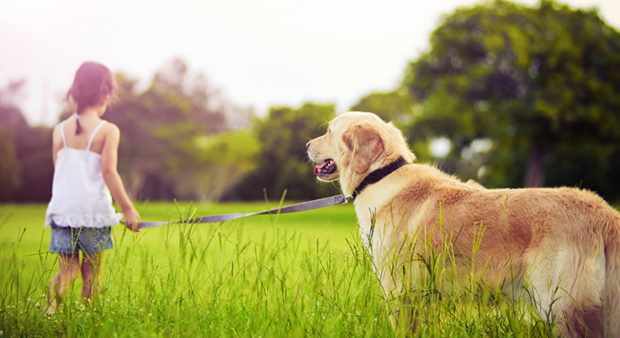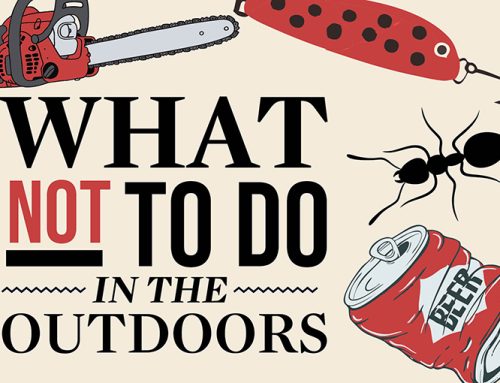
While the legendary markethunting days are behind us, most waterfowlers still recall the image of a trusty retriever sitting protectively on the pier, on guard against thieves or curious onlookers over a pile of scaup and canvasbacks while its master heads in to town to secure the day’s most profitable price for his harvest.
Those days of excess are thankfully behind us, and along with them the need for an overly aggressive hunting dog. In today’s society, our hunting dogs must be gregarious, even-tempered companions, that are a joy to be with and pose no threat to anyone. Sadly, many dogs fall short of this description and dog bites still occur.
Alarming Frequency
Any dog bite, regardless of how much injury was inflicted on the victim, is a serious concern. It shouldn’t be tolerated by owners.
According to the American Veterinary Medical Association, 4.7 million people in the U.S. are bitten each year, with 800,000 requiring medical attention. The majority are children. Here in Canada, no doubt the numbers are proportional to our population with an unacceptable average of about one to two deaths per year due to dog bites. Again, children under 12 tend to be the victims.
Causes
Dog bites run the gamut from embarrassing to litigious. To avoid them, we must understand what makes a dog bite in the first place.
Dr. Lee Niel, a behavioural specialist and faculty member of the Ontario Veterinary College at Guelph University, says most dog bites result from one of three situations: “Fear being the most common cause, followed by pain or injury, and then, less commonly, predatory aggression.”
The main cause — fear — also happens to be the one where we can have the most influence on our dogs. Knowing this, recognizing situations that might trigger a fearful reaction from your dog, and taking necessary steps to avoid the unfortunate and often predictable results, is incumbent on us.
Prevention
Socialization training is the most effective method of avoiding feardriven dog bites. According to Dr. Niel, “Exposing your dog, especially during its very impressionable socialization phase (2 to 8 months), to a vast array of outside stimulations is key to reducing the possibility of your dog biting someone. Dogs that have had frequent controlled exposure to people of all ages and some basic obedience training show a reduced tendency to bite.”
This makes sense. A dog that’s healthy and conf ident of its environment and the people and other animals in it has little to fear, thus removing the main cause of biting.
Socializing your pup can be as simple as including it in your day-to-day activities. It should learnthrough repetition to calmly greet other people, including children, and other animals without anxiety.
Fortunately, puppies seem designed to attract attention, so use this to your advantage and have others do the bulk of the socialization. Few can resist saying hello to a chubby pup on a leash.
Tuned In
Socializing your dog also forms a bond. This helps you gain insight into the character of your dog and read the signs that it’s feeling fearful. Then, you can address the problem by either working through it or removing the dog from the situation. Either way, you will be aware of what needs to be done.
Since humans first welcomed wild canines closer to their fires, we’ve moulded them to live in our world. Many of our hunting traditions are based on those centuries-long relationships. A fearful dog, however, is of little use to a hunter. Worse yet, it can be dangerous. Do the work required to prevent behavior transgressions. It’s a never-ending responsibility of dog owners.






Leave A Comment